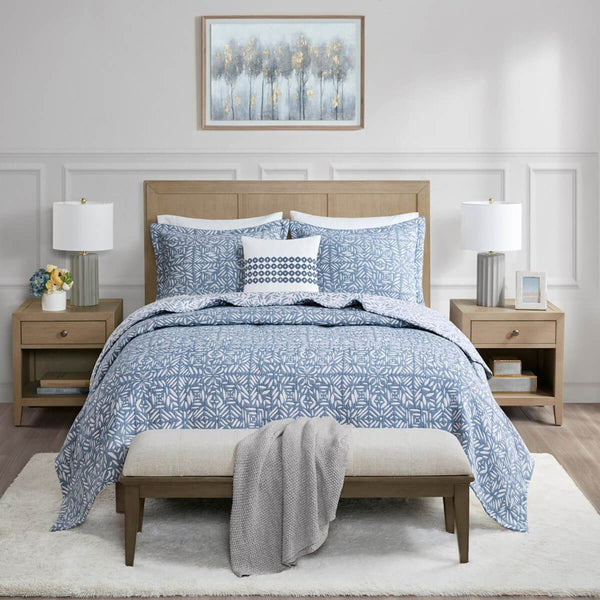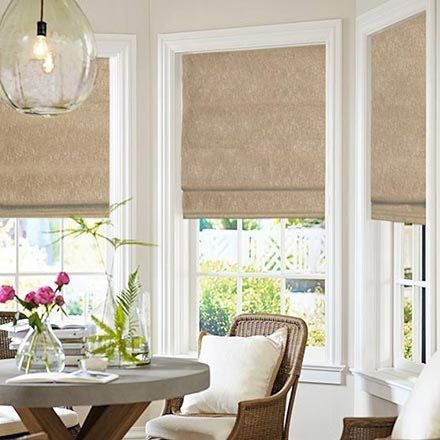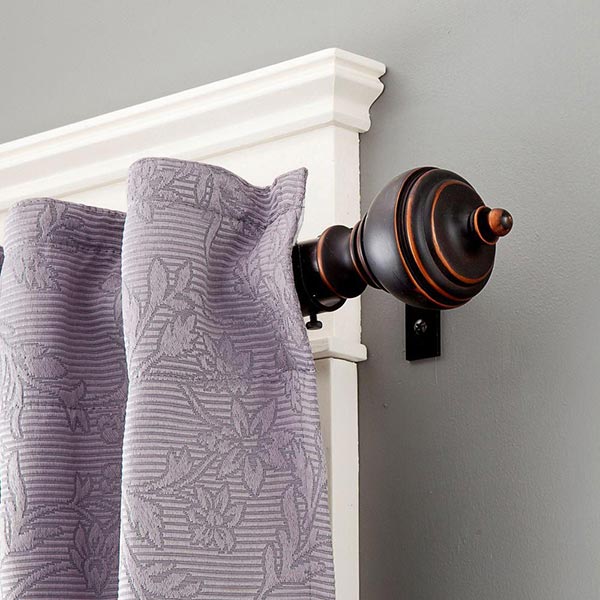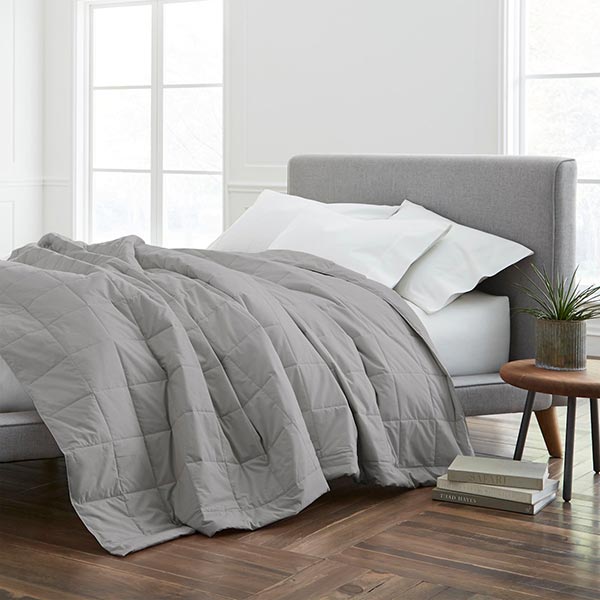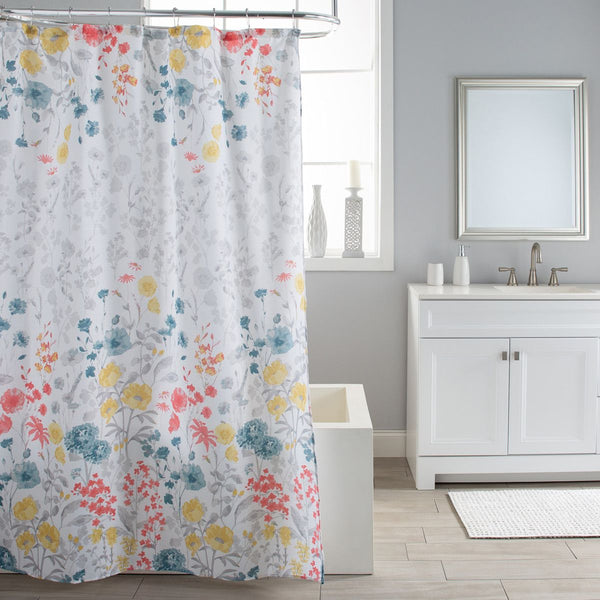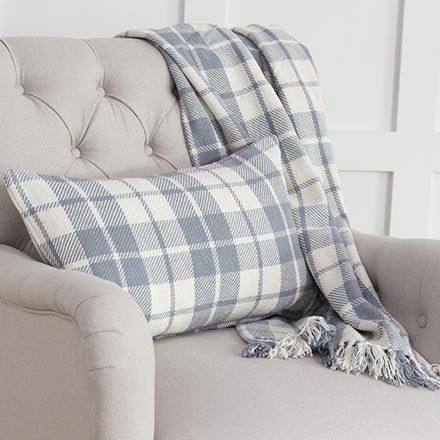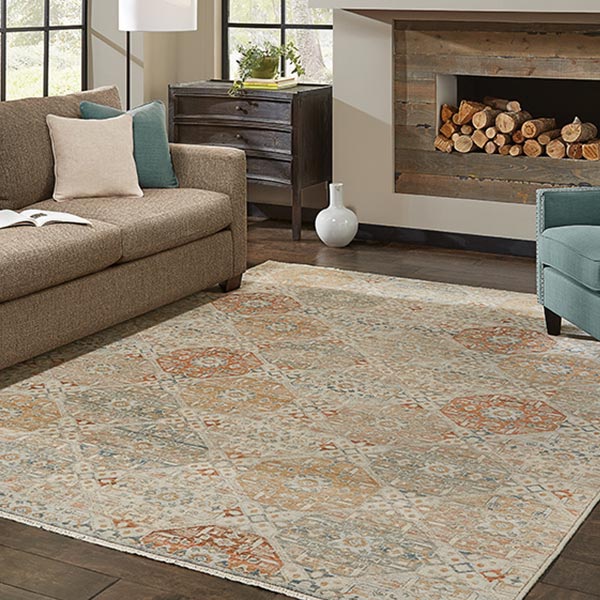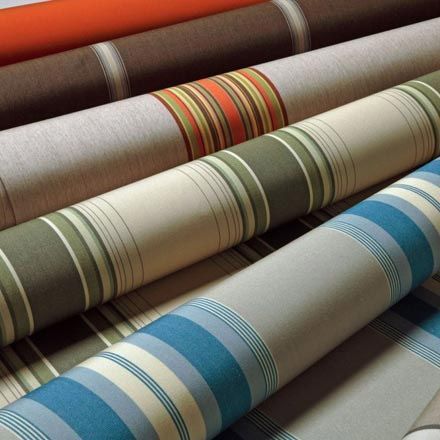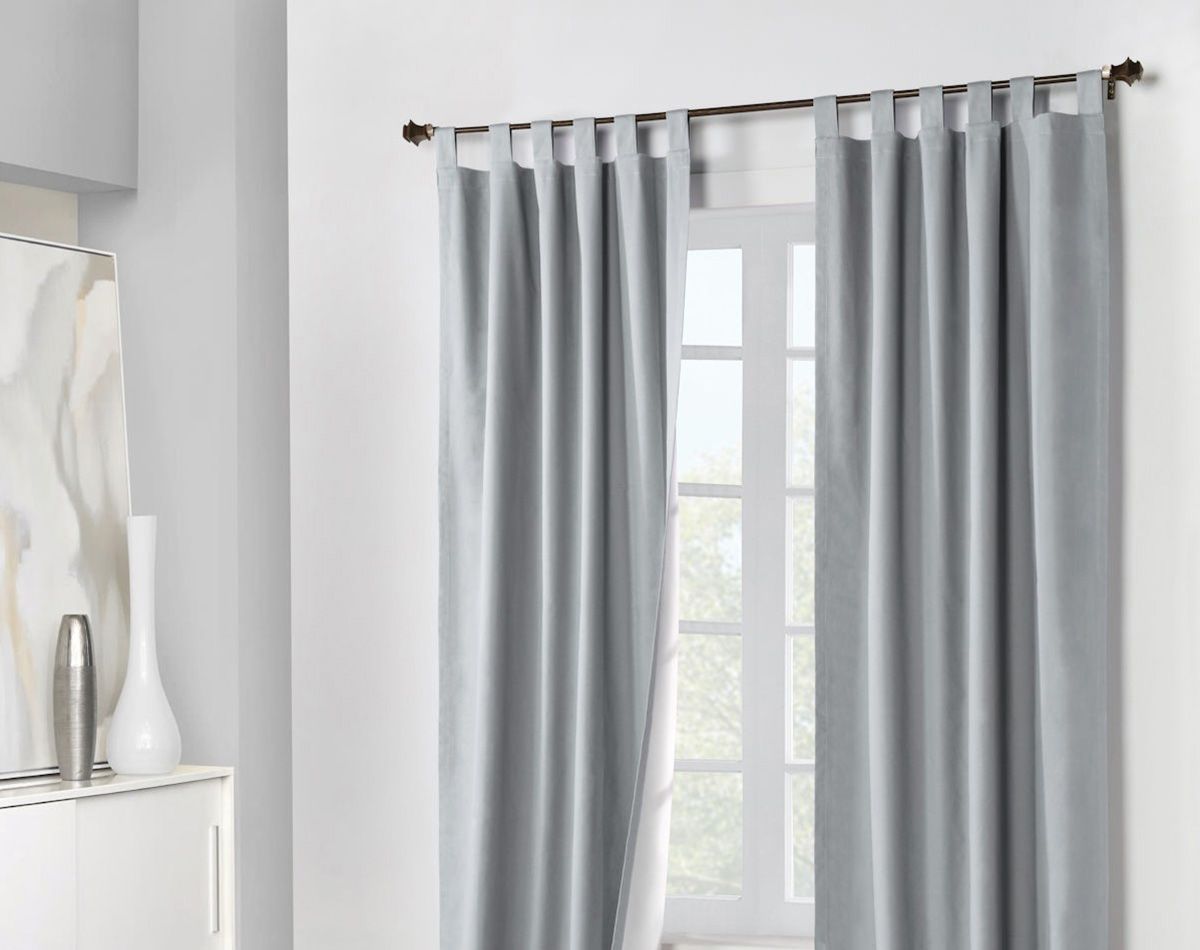
Curtain Heading Styles
The heading style of a curtain describes the way it is sewn at the top, where the curtain meets the curtain rod. It is important to consider heading style when choosing curtains or drapes for your home. Heading style will affect the overall look of your window treatments, as well as the type of curtain rod used and the way the rod is mounted. Our most popular headings styles include: grommet top, pole top, tab top, and pinch pleated. This article will help explain each of these styles and the type of curtain rods that can be used with them.
Pole Top
Pole top, or rod pocket curtains feature a pocket sewn into the top end that the curtain rod is threaded through. This style is relatively simple and makes for easy installation. The rod pocket causes the fabric to come together, or gather in attractive bunches and then fall in soft, natural folds. Pole top curtains can be used with standard curtain rods or spring tension rods. When used with standard curtain rods the rod pocket generally covers all of the rod, including the returns, which is the curved part of the rod that wraps toward the surface the rod is mounted on. Pole tops can also be paired with decorative rods and finals, as long as the decorative rod or pole set chosen is not too large in diameter to fit the pocket of the curtain.
Tab Top
Tab top curtains and drapes feature cloth loops, or tabs, at the top end that hook around the curtain rod. When paired with a quality curtain rod, the tabs will smoothly slide along the rod, making this style easy to open and close. Tab top curtains look best when paired with a decorative rod that complements that curtain color, since a majority of the rod is visible. They can also be used with spring tension rods, but mounted rods are recommended. This curtain heading style has a modern and casual feel, and works great in living rooms and bedrooms.
Pinch Pleated
Pinch pleated curtains and drapes have a series of uniform pleats created by pinching, tacking, and stitching the fabric together along the top end with a stiffening material, referred to as buckram. This heading style can be paired with a variety of curtain rod styles. Functionally, pinch pleated curtains pair best with conventional traverse rods, which use a track system. The curtains are attached with hooks to carriers that move back and forth on the rod to open and close the curtains. If you are looking for something a bit more aesthetically pleasing, any pinch pleated drapery can also be used with a decorative curtain rod. Some drapes can be pinned and attached to rings while others have a back tab systems that a decorative rod can be threaded directly through. Pinch pleated curtains are often lined with a sueded foam backing, or separate lining insulating them to help reduce energy consumption. To read more about using window treatments to save on heating or cooling your home, read our article on Blackout & Insulated Window Treatments.
Grommet Top
Grommet top curtains have grommets sewn along the top. They work best with mounted decorative rods, and are very easy to open and close. This style is our most popular, and is available in a wide variety of colors and patterns. Grommet top curtains offer a more modern take on pinch pleated curtains, as they typically fall in uniform folds, but are more natural looking than traditional pinch pleats. Just like tab top curtains, grommet tops do not conceal the rod, making it important to select a decorative rod that will complement the color and style of the curtains. When choosing a curtain heading style you must consider the aesthetic of your space, as well as the type of curtain rod you want to use and the ease of installation. We hope this guide will help you to decide on the best option for your home. As always, please feel free to contact us with further questions.
